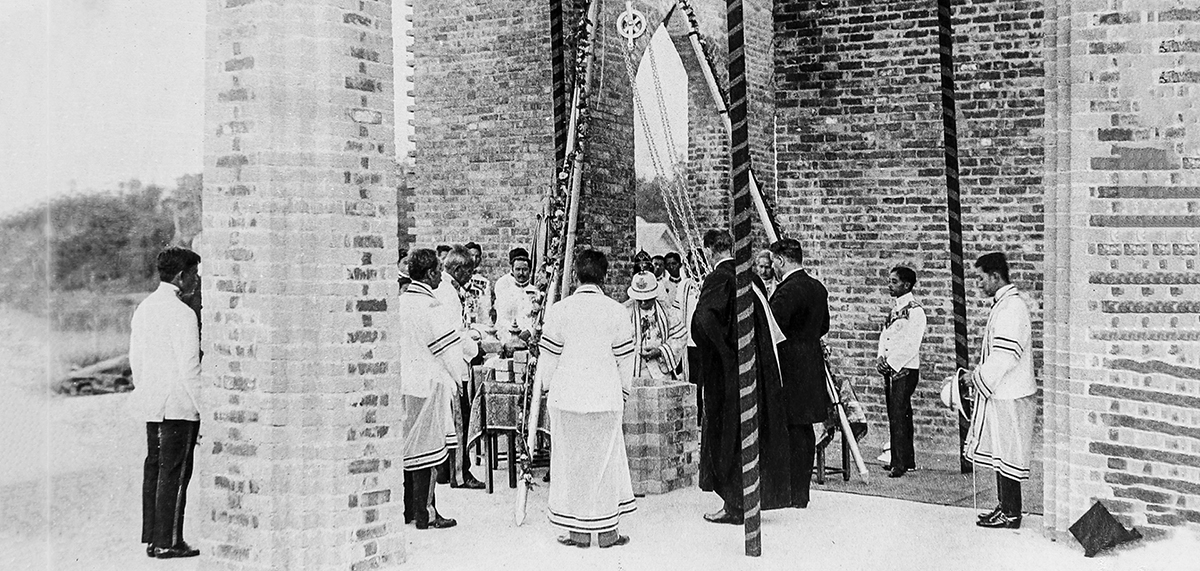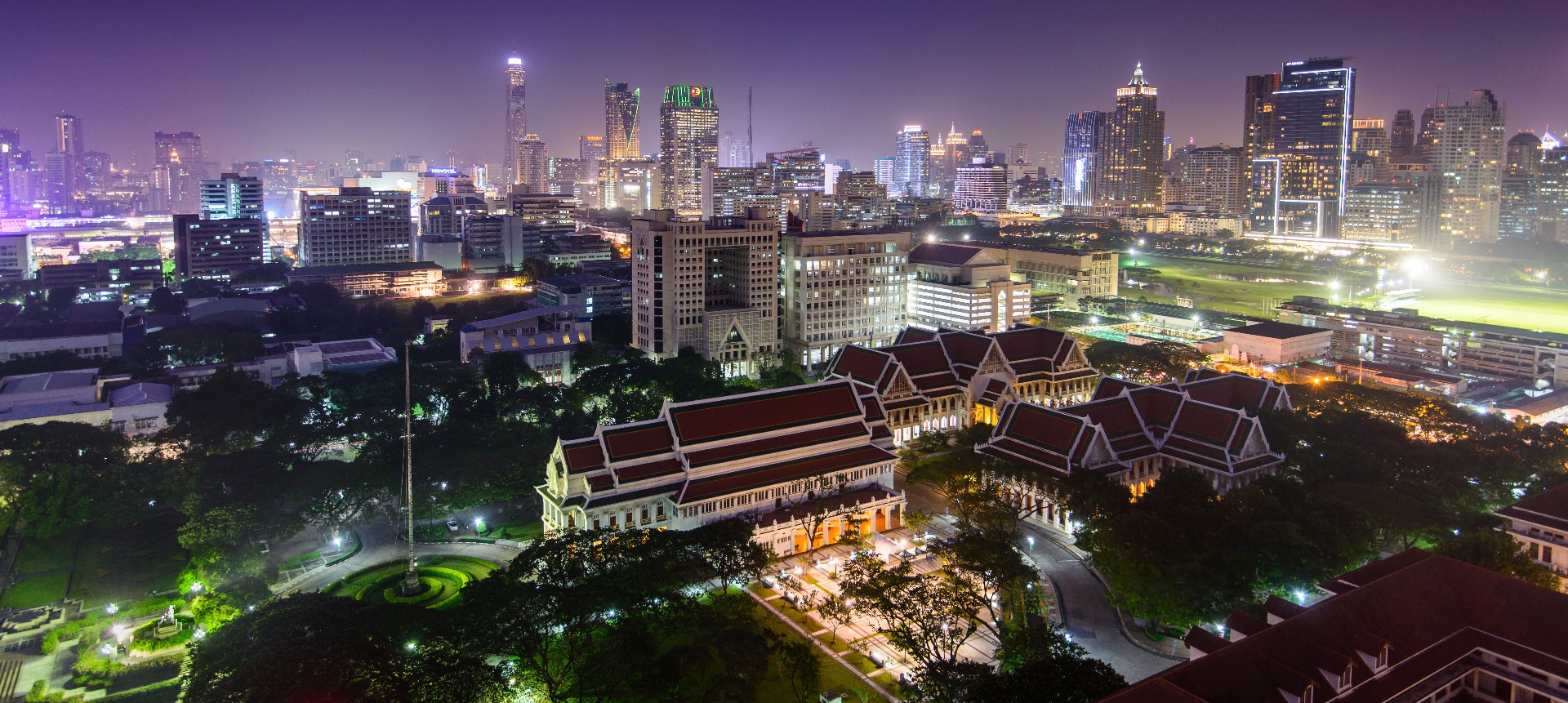



Royal Benevolence Towards Chulalongkorn University
Chulalongkorn University originated with King Chulalongkorn’s command, dated March 30th, 1898, to establish a Civil Service School in the Department of Royal Pages, with the intention to provide modern education for Siamese youth, training them to be ready for the modern civil service system. The school began its operation in 1899. Subsequently, on April 1st, 1902, King Chulalongkorn renamed the school as The Royal Pages School, while the original mission to offer equal access to education for his subject nationwide remained unchanged.
After the passing of King Chulalongkorn, King Vajiravudh wished to continue his august father’s educational policy, creating higher education worthy of the Kingdom of Siam. Accordingly, the king established “King Chulalongkorn’s Civil Service College,” on January 1st, 1910. The king granted the new college with the venue, the old Windsor Palace at Pathumwan, as well as the 1,309 rais of Privy Purse land, to provide financial support for the college. In addition, funds left over from the making of King Chulalongkorn’s equestrian statue in 1907 were also granted by the king, to construct buildings needed for the future of the college. On January 3rd, 1915, King Vajiravudh came to the Civil Service College campus, laying the foundation stone for the College’s Administrative Building, which was erected on the Racecourse Road side of the college land.
On March 26th, 1916, His Majesty King Vajiravudh issued a royal proclamation elevating the status of the Civil Service College into Chulalongkorn University, as an everlasting memorial to King Chulalongkorn, the great monarch.

King Chulalongkorn’s Civil Service College
In 1902, with his intention to modernize the kingdom’s bureaucratic system through well-trained civil servants, King Chulalongkorn established the Royal Pages’ School, as a training school for civil servants, an institution independent from the Ministry of the Interior.
The Coronet
Phra Kieo, or, the coronet, was the small crown for royal princes and princesses when they were still minor. The word kieo, as a noun, means headdress or topknot decoration; as a verb, it means tie, or wrap. The coronet has always been the proud insignia of Chulalongkorn University, the name of which was granted by King Vajiravudh, to be the everlasting memorial of King Chulalongkorn, as the term chulalongkorn means a small crown or headdress. The original importance of the term went all the way back to the name of King Mongkut, since the term mongkut means a crown. Accordingly, when his first chaofa son was born, King Mongkut granted him with the name, the little crown, or chulalongkorn. Accordingly, King Chulalongkorn used the coronet as his personal insignia, even after he became king. And when the Royal Pages’ School was established, the king graciously granted the school the royal permission to use the coronet as the school insignia. Subsequently, when the school was elevated into King Chulalongkorn’s Civil Service College, and later, Chulalongkorn University, King Vajiravudh granted the institutions with the right to continue using the coronet as the insignia, which has been in use until today.

In 1986, His Majesty King Bhumibol Adulyadej granted the university with a permission to make a replica of the ancient coronet that was kept in the Royal Treasury, Grand Palace. After the coronet replica was completed, the king personally anointed the coronet, then gave it to Chulalongkorn University, which has since been cherishing this lasting symbol of royal benevolence towards the university. The coronet is now kept at Chulalongkorn University Memorial Hall.

